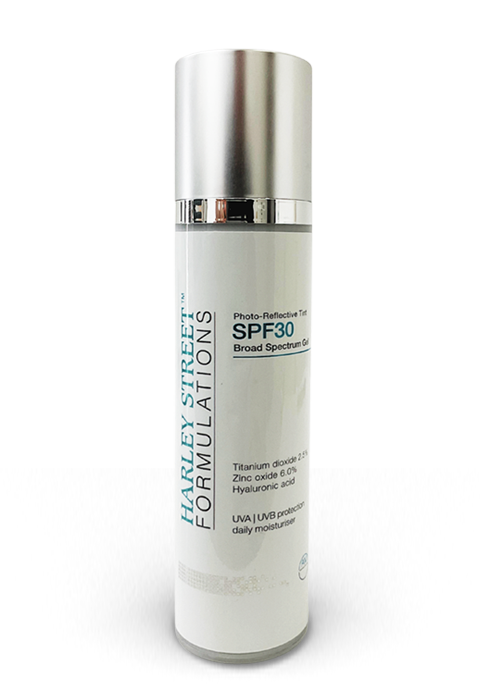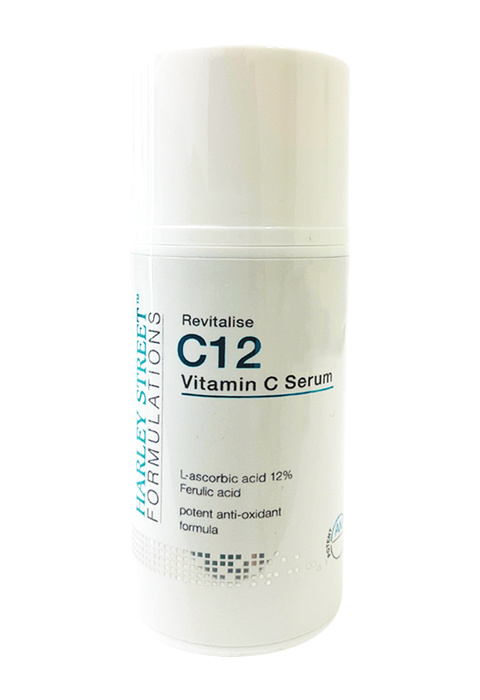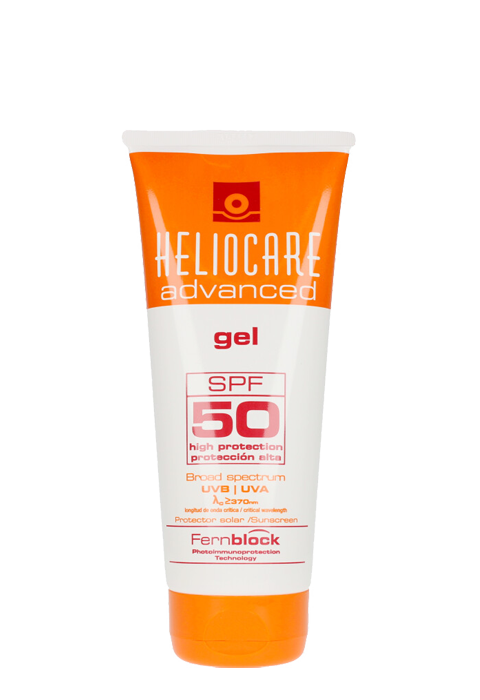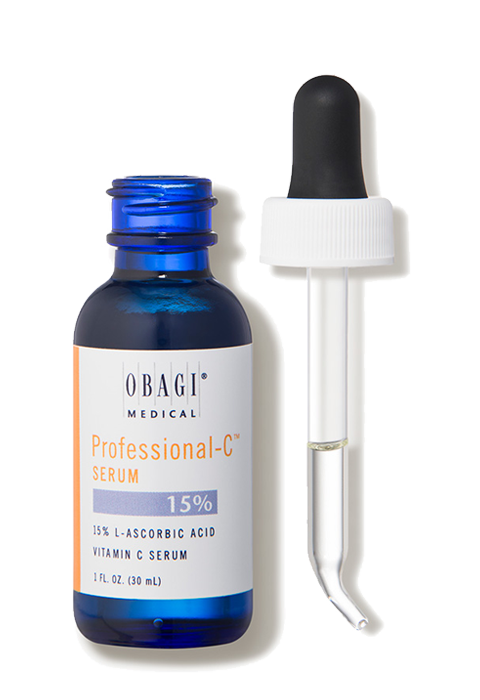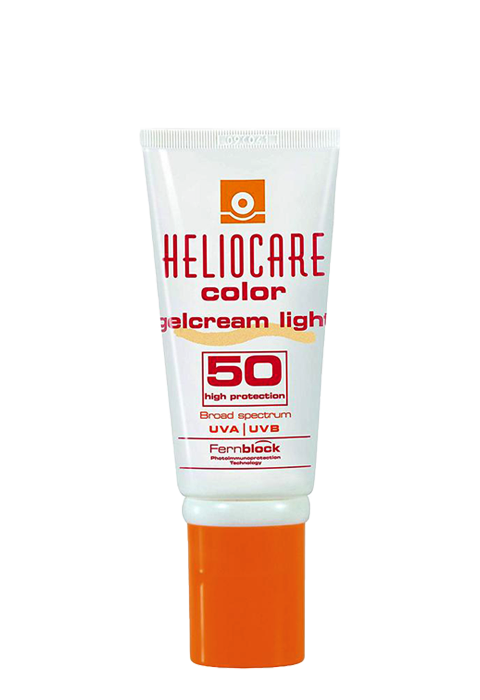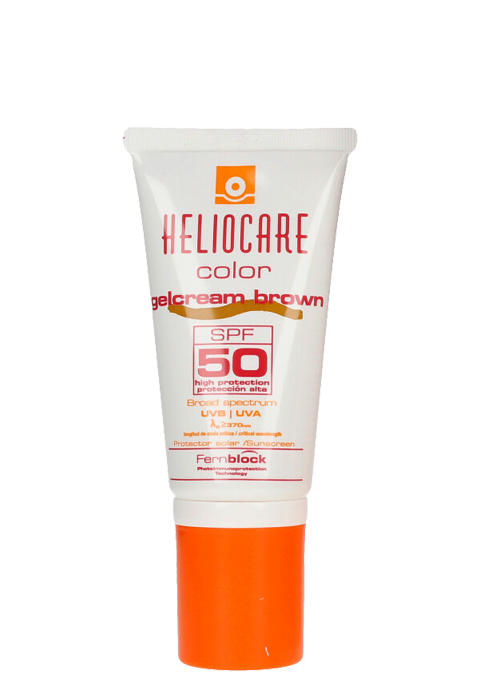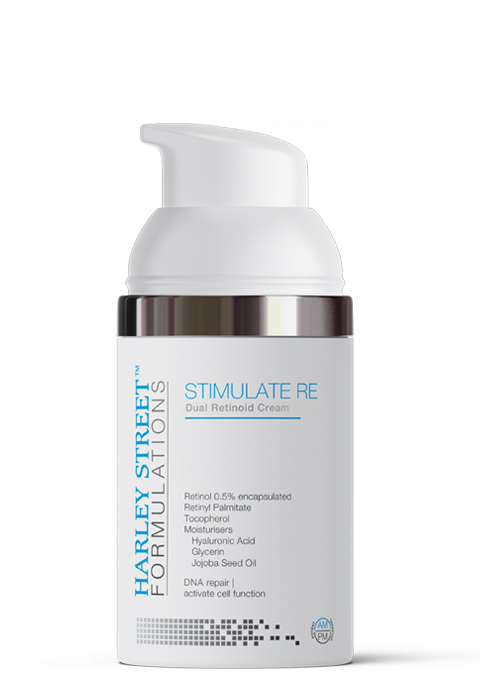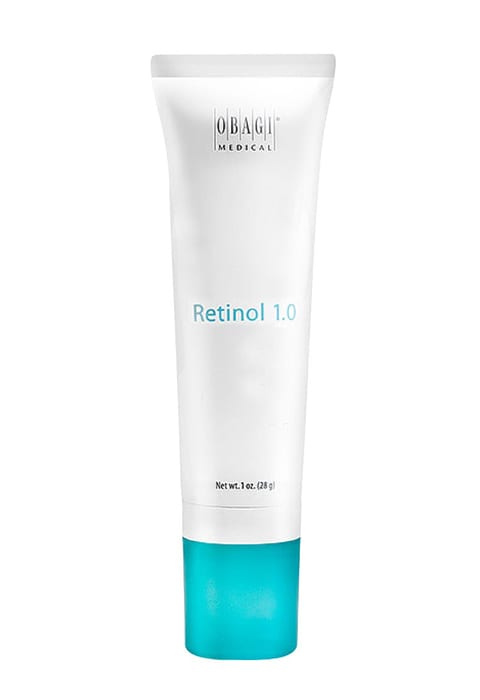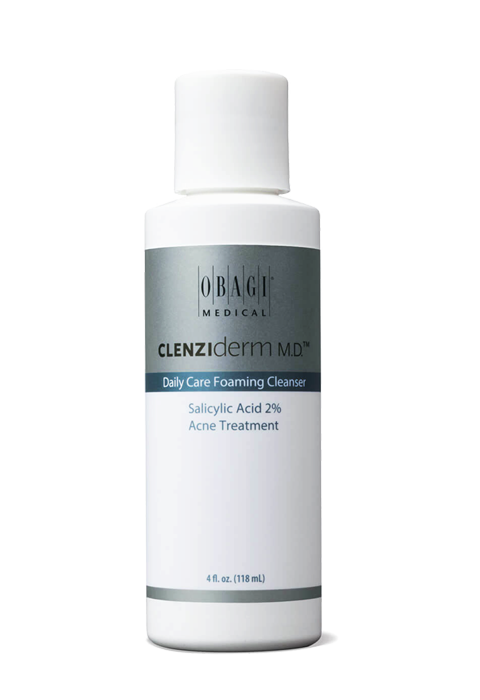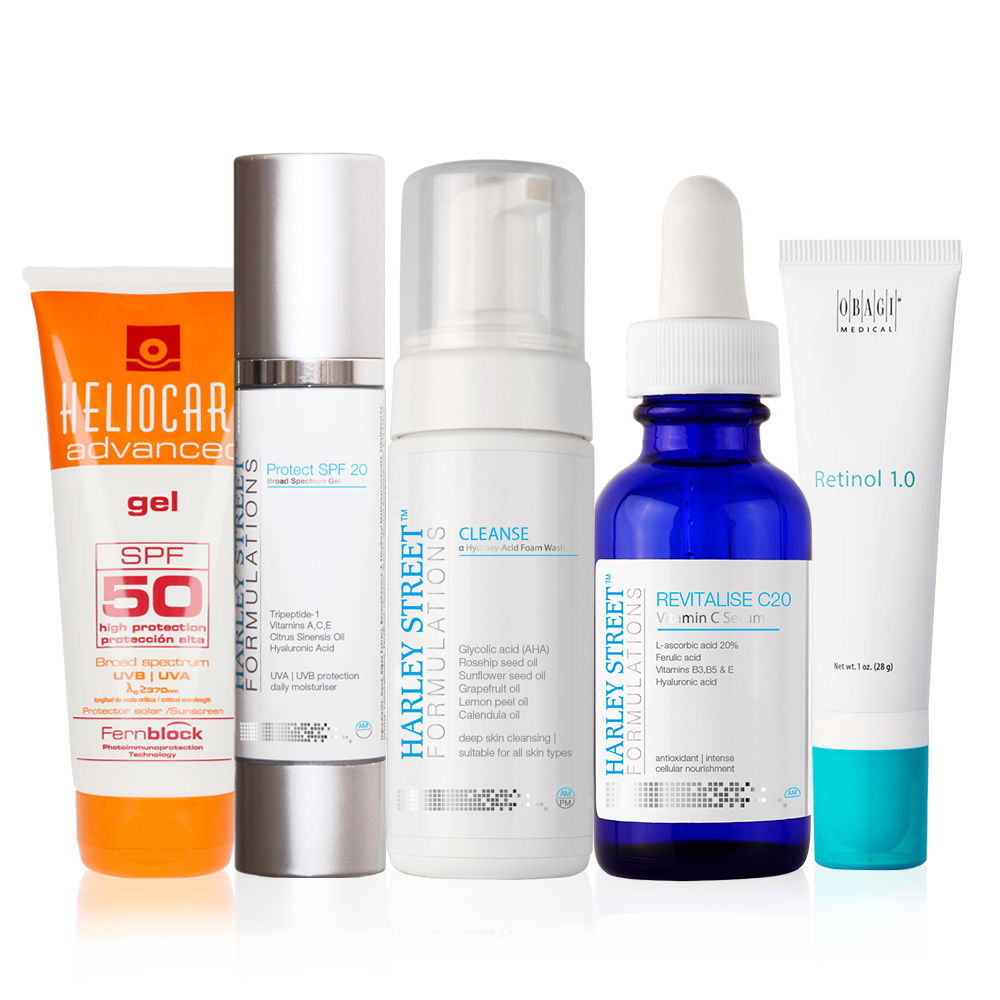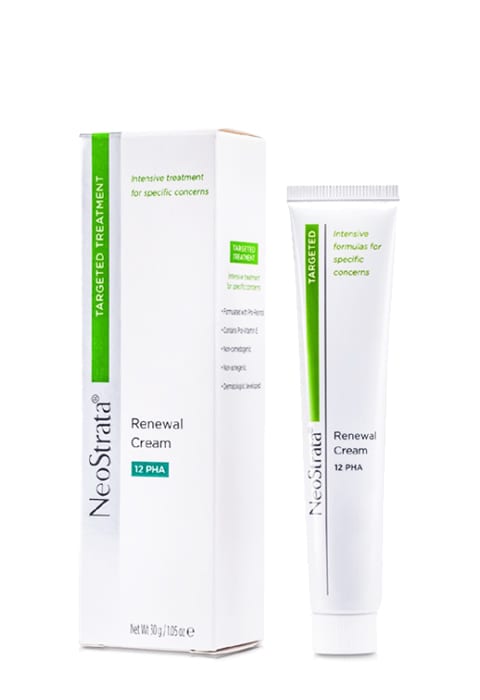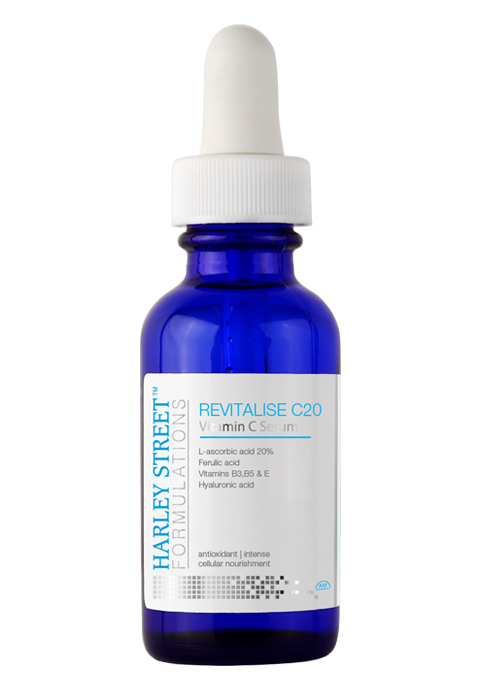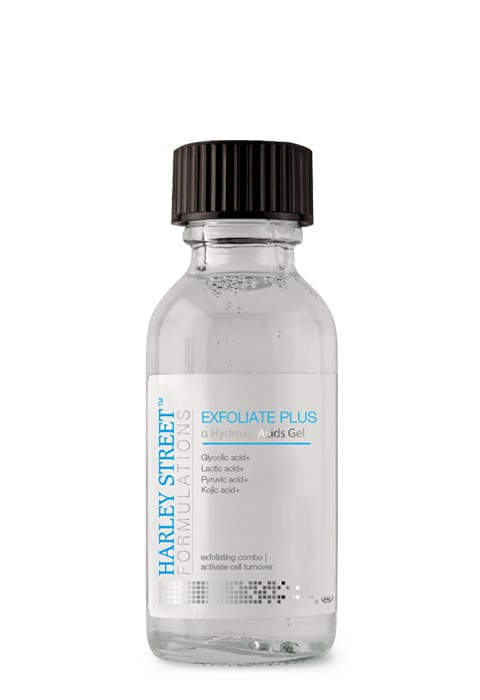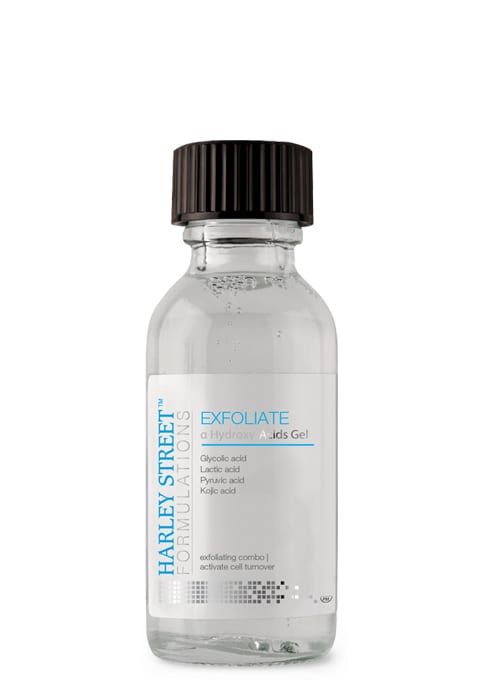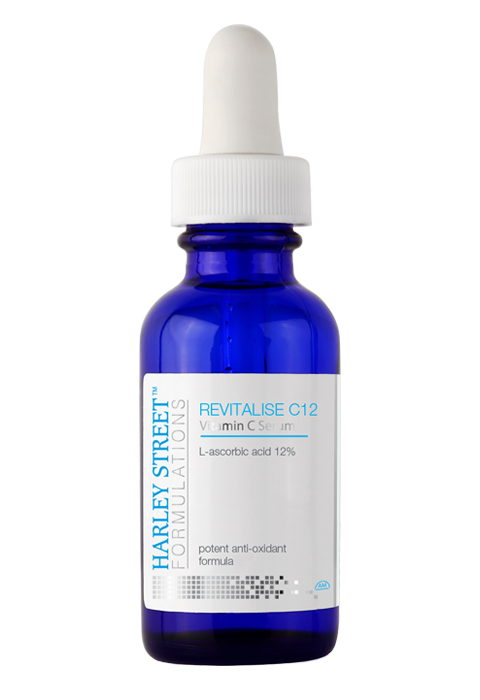The Skin pH And The Acid Mantle
Like many other tissues, skin too has a specific pH. This is one of the most important things about skin that you need to understand in order to be able to take proper care of it. Before we go deep into skin pH details, let’s find out what pH is.
What Is pH?
It is a measure of the acidity and alkalinity of anything. The pH scale ranges from 0 to 14, with 7 being neutral (neither acidic nor alkaline). Anything under 7 is acidic. Anything above 7 is alkaline. The pH of some common item is 2.0 for lemon juice, 3.0 for vinegar, 7.0 for water pH, 8.0 for baking soda and 8.0-11.0 for a bar of soap.
What Is Skin pH?
The natural pH of skin is ACIDIC! Acidic means a pH that is below 7. This sounds quite surprising to many people, as they usually associate acidic pH with vinegar, lemon and things like that, rather than skin. But it’s an undeniable truth and accepting it is the first step in choosing an effective skincare regime for yourself.
Skin exists at a pH of around 5.5, which is slightly acidic. This is the average, but it can range from 4.5-6.5, depending on your skin chemistry, age and what products you use on your skin. Younger skin is more acidic than older skin due to the increased metabolic and enzymatic reactions.
What Is pH?
As there is an optimum temperature for your body to function, there is also an optimum pH, and this is the case with your skin too. This particular acidic pH is necessary for skin to work properly.
There are different enzymes in the stratum corneum that are activated at an acidic pH. Changes in pH affect the enzyme activity and interfere with the skin’s normal shedding process, called desquamation. This is why maintaining the correct pH of your skin is essential for a healthy skin. An acidic pH will also inhibit the growth and penetration of certain harmful bacteria into the skin of and, hence, save it from various diseases.
“Lowering pH with cosmeceuticals also encourages to stimulate skin. This is beneficial for young adults as they have higher skin pH, lower skin enzymatic & metabolic activity.”
How Does Acidic pH Work?
The outermost layer of the skin, the stratum corneum, has a protective function known as the Skin Barrier. This is composed of dead skin cells glued together by lipids, which waterproof and the skin, protect it from harmful environmental agents and prevent transepidermal water loss (TEWL).
The acid mantle is another important term in skincare that is defined as a layer formed by a combination of sebum and sweat. It forms a film on the top of Stratum Corneum, which offers a physical and chemical barrier to harmful agents and it is the first defence mechanism. If it is disrupted or removed, skin becomes more permeable to micro-organisms, such as bacteria, harsh chemicals and pollutants. Water escapes from the skin faster too, leaving it dehydrated.
Why Does The pH Of Skincare Products Matter?
As mentioned earlier, maintaining the skin pH within its normal range is necessary. But how can you maintain your normal skin pH? This is where the choice of your skincare products matters.
Changing your skin pH from time to time maybe harmful for the health of your skin as it disrupts the normal acid mantle as well as the skin barrier function mentioned above, making your skin prone to damage and infections. When you apply a product whose pH is different to your skin, it disrupts your skin pH and acid mantle. Your skin then takes time to come back to its normal pH after removing the product. This cycle is repeated every time you use such elements. These intermittent pH changes affect the skin functions.
Sometimes, there is a purpose for changing your skin pH, such as exfoliating with an Alpha Hydroxy Acid, a peeling agent, in which case an acidic pH is required for the treatment to work. A skin professional can give you a chemical peel, which has a much lower pH than your skin’s pH. However, this is a calculated damage and the benefits outweigh the transient side effects.
Why Should You Not Use Soap?
A bar of body soap has an alkaline pH (typically 8.0 – 11.0), which is way too alkaline when your skin’s pH is at 5.5. Therefore, cleansing your face with body bar soap is a big no-no, and it is better if you don’t apply soapy products on your skin at all. So replace soaps with soap-free or non-foaming cleansers and washes. They don’t affect the pH of your skin, and so make sure that your skin stays healthy.
Washing with soaps also strips away those natural oils with a protective function, making your skin dry and rough. So skip on using soaps.
Why Should You Choose Your Moisturiser Wisely?
Moisturisers are very important for proper skin care, as an inappropriate choice can lead to skin problems. Over-the-counter moisturisers, both expensive ones and cheap ones, can cause sensitive skin as they increase the skin’s pH, which leads to disturbances in the acid mantle and skin barrier. So choose your moisturiser wisely and apply it when necessary, rather than mandatorily. The base of all serum and creams usually includes a humectant, which should be enough for most people who haven’t used too much moisturiser. Vitamin C and peptide serums are mostly formulated with hyaluronic acid, which is a very good humectant required in drops usually.
How To Measure The pH Of A Certain Product
Measuring the pH of a product at home is easy. Just buy litmus paper strips or a pH meter tool from any chemist and measure the pH of your skincare products and makeup.
If the pH is less than 4 or more than 6, be cautious about using that product right away, especially if your skin is sensitive or acne-prone. However, keep in mind that cosmeceuticals are usually formulated with a lower pH for stability and to enable them to penetrate your skin barrier, creating a positive effect. Most vitamin C serums are formulated at a pH of less than 3 and exfoliating agents, such as glycolic and lactic acid, have to be less than 3.5 in order to be effective desmosome (bonds between skin cells) weakening agents. Good advice from a skin physician is very important here to determine what ingredients your skin requires more of and at what pH, so that the overall regime can be balanced with active ingredients which penetrate your skin and benefit it.
Replace your current products with pH friendly products, if you are not using them already.
How Much Does pH Difference Matter?
A difference of 1 pH matters a lot, even if it doesn’t look like a big figure. 1 number is a power of 10 because the pH scale is logarithmic. This means that a pH of 4 is 10 times more acidic than a pH of 5. A pH of 3 is 100 times more acidic than a pH of 5. A pH of 2 is 1,000 times more acidic than a pH of 5.













